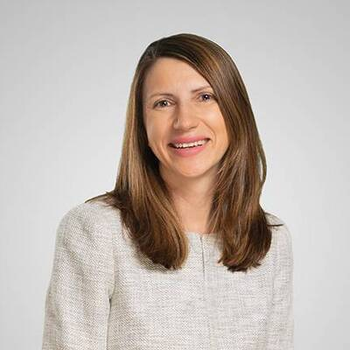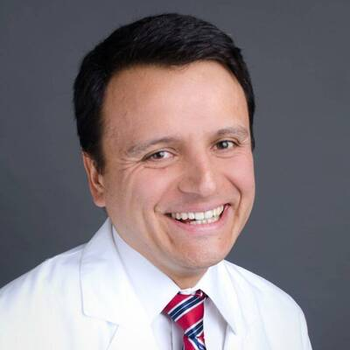Cardiomyopathic Lentiginosis Overview
Learn About Cardiomyopathic Lentiginosis
View Main Condition: RASopathies
Noonan syndrome with multiple lentigines (formerly called LEOPARD syndrome) is a condition that affects many areas of the body. As the condition name suggests, Noonan syndrome with multiple lentigines is very similar to a condition called Noonan syndrome, and it can be difficult to tell the two disorders apart in early childhood. However, the features of these two conditions differ later in life. The characteristic features of Noonan syndrome with multiple lentigines include brown skin spots called lentigines that are similar to freckles, heart defects, widely spaced eyes (ocular hypertelorism), a sunken chest (pectus excavatum) or protruding chest (pectus carinatum), and short stature. These features vary, however, even among affected individuals in the same family. Not all individuals with Noonan syndrome with multiple lentigines have all the characteristic features of this condition.
Variants (also known as mutations) in one of several genes can cause Noonan syndrome with multiple lentigines. Approximately 85 percent of individuals with this condition have mutations in the PTPN11 gene. Another 10 percent have mutations in the RAF1 gene. In rare cases, mutations in the BRAF or MAP2K1 gene have been found to cause this condition. The remaining individuals with Noonan syndrome with multiple lentigines do not have an identified mutation in any of these four genes. In these individuals, the cause of the condition is unknown.
Noonan syndrome with multiple lentigines is thought to be a rare condition; approximately 200 cases have been reported worldwide.
Noonan syndrome with multiple lentigines is inherited in an autosomal dominant pattern, which means one copy of the altered gene in each cell is sufficient to cause the condition. Some affected people inherit the variation from one affected parent. Other cases result from new variants in the gene and occur in people with no history of the condition in their family.
Icahn School Of Medicine At Mount Sinai
Bruce Gelb is a Pediatric Cardiologist and a Pediatrics provider in New York, New York. Dr. Gelb is rated as an Elite provider by MediFind in the treatment of Cardiomyopathic Lentiginosis. His top areas of expertise are RASopathies, Congenital Heart Disease (CHD), Cardiomyopathic Lentiginosis, Noonan Syndrome, and Heart Transplant.
Aurora Cardiac Specialty Center
Patrycja Galazka is a Cardiologist in Milwaukee, Wisconsin. Dr. Galazka has been practicing medicine for over 17 years and is rated as an Advanced provider by MediFind in the treatment of Cardiomyopathic Lentiginosis. Her top areas of expertise are Hypertrophic Cardiomyopathy (HCM), Cardiomyopathy, Cardiomyopathic Lentiginosis, and Familial Hypertrophic Cardiomyopathy.
Atrium Health Levine Children's HEARTest Yard Congenital Heart Center
Jorge Alegria is a Cardiologist in Charlotte, North Carolina. Dr. Alegria is rated as an Advanced provider by MediFind in the treatment of Cardiomyopathic Lentiginosis. His top areas of expertise are Transposition of the Great Arteries, Tetralogy of Fallot, Situs Inversus, and Dextrocardia with Situs Inversus. Dr. Alegria is currently accepting new patients.
Summary: The RASopathies are a group of developmental disorders caused by genetic changes in the genes that compose the Ras/mitogen activated protein kinase (MAPK) pathway. New RASopathies are being diagnosed frequently. This pathway is essential in the regulation of the cell cycle and the determination of cell function. Thus, appropriate function of this pathway is critical to normal development. Each syn...
Published Date: February 22, 2022
Published By: National Institutes of Health


